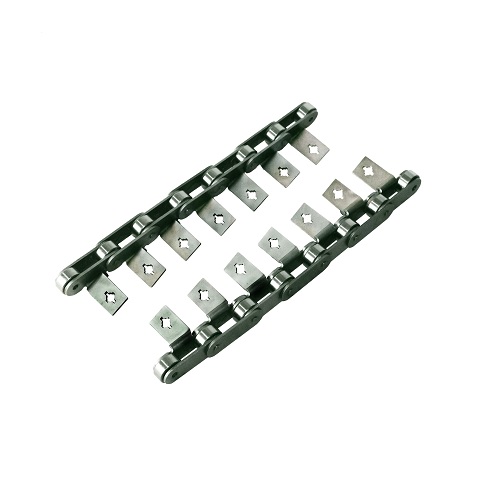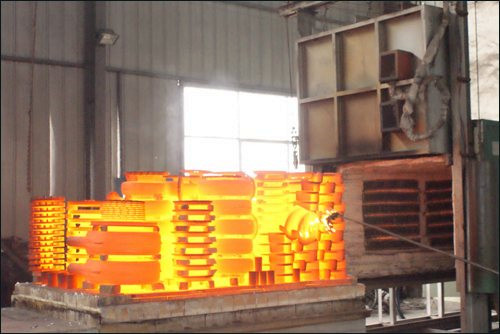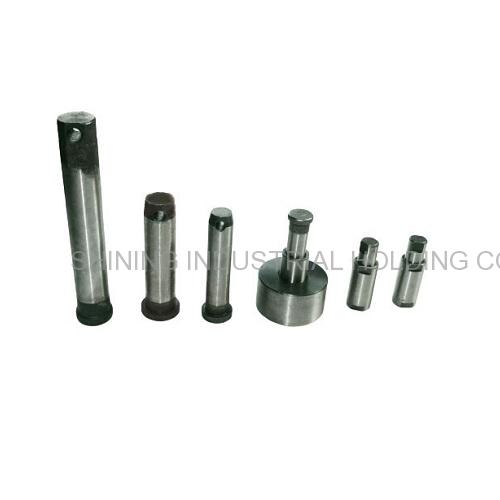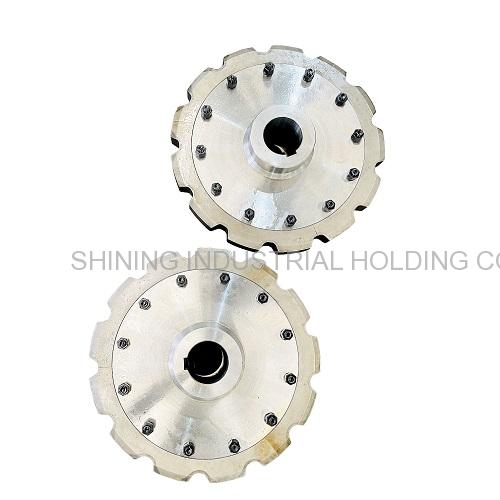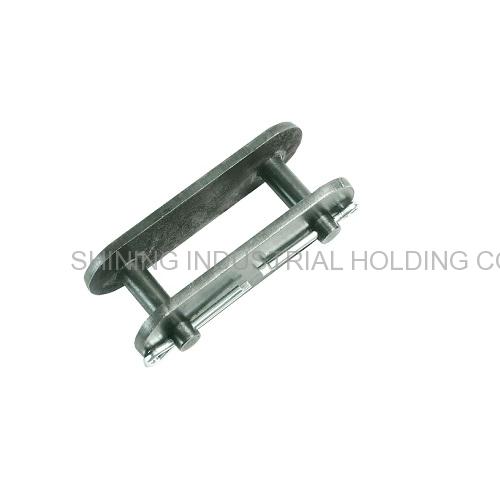conveyor chain supplier explain What factors will cause workpiece deformation in machining
 Aug 29, 2022|
Aug 29, 2022| View:1873
View:1873It is common that the workpiece deformation in machining. The conveyor chain supplier should analyze the cause of the deformation, and then countermeasures can be taken.
1. how the material and structure affect the deformation of the workpiece
The amount of deformation is proportional to the complexity of the shape, the aspect ratio, and the wall thickness, and is proportional to the rigidity and stability of the material. Therefore, conveyor chain suppliers in the design of parts should minimize the impact of these factors on the deformation of the workpiece.
Especially in large parts, the structure should be reasonable. Defects such as blank hardness and porosity should be strictly controlled before processing to ensure blank quality and reduce workpiece deformation caused by it.
2. Deformation when workpiece clamping
The conveyor chain supplier suggests that When clamping the workpiece, first select the correct clamping point, and then select the appropriate clamping force. Therefore, the clamping point and the supporting point should be consistent as much as possible, so that the clamping force acts on the supporting.
When the clamping force in several directions acts on the workpiece at the same time, the sequence of the clamping force should be considered. Secondly, it is necessary to increase the contact area between the workpiece and the fixture or use the axial clamping force, which can effectively reduce the deformation of the workpiece during clamping. Increasing the rigidity of the part is an effective way to solve the clamping deformation.
3. Deformation caused by workpiece machining
During the cutting process, the workpiece is elastically deformed in the direction of the force due to the cutting force. Therefore, the sharpening of the tool is required during finishing, which can reduce the resistance formed by the friction between the tool and the workpiece, and improve the heat dissipation capacity of the tool when cutting the workpiece, thereby reducing the residual internal stress.
The heat generated by the friction between the tool and the workpiece during processing will also deform the workpiece, so high-speed cutting is often selected. In high-speed machining, since the chips are removed in a relatively short time, most of the cutting heat is taken away by the chips, which reduces the thermal deformation of the workpiece; secondly, in high-speed machining, due to the reduction of the softened part of the cutting layer material, also It can reduce the deformation of parts processing, which is beneficial to ensure the size and shape accuracy of the parts. In addition, cutting fluid is mainly used to reduce friction and reduce the cutting temperature during cutting. The rational use of cutting fluid plays an important role in improving tool durability, surface quality, and machining accuracy.
Reasonable cutting amount in processing is the key factor to ensure the accuracy of parts. When processing thin-walled parts with high precision requirements, symmetrical processing is generally adopted to balance the stress generated on the opposite sides and achieve a stable state, and the workpiece is flat after processing.
The deformation of thin-walled parts during turning is multi-faceted, such as the clamping force, the cutting force, the elastic deformation and plastic deformation generated, and the temperature of the cutting zone increases to produce thermal deformation.
4. Stress deformation after machining
After processing, the part itself has internal stress. This internal stress distribution is a relatively balanced state, and the shape of the part is relatively stable, but the internal stress changes after removing some materials and heat treatment. At this time, the workpiece needs to re-balance the force, so the shape has changed.
Conveyor chain supplier suggests that, for large parts, profiling should be used, that is, the amount of deformation of the workpiece after assembly is estimated, and the amount of deformation is reserved in the opposite direction during processing, which can effectively prevent the deformation of the parts after assembly.







